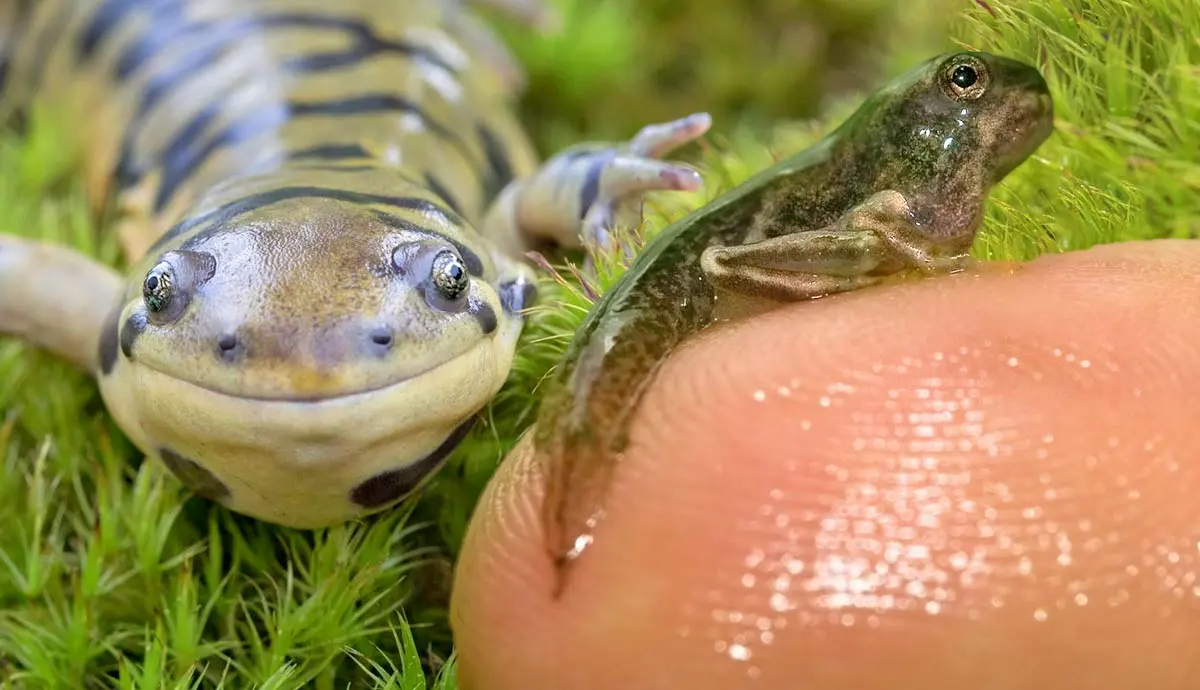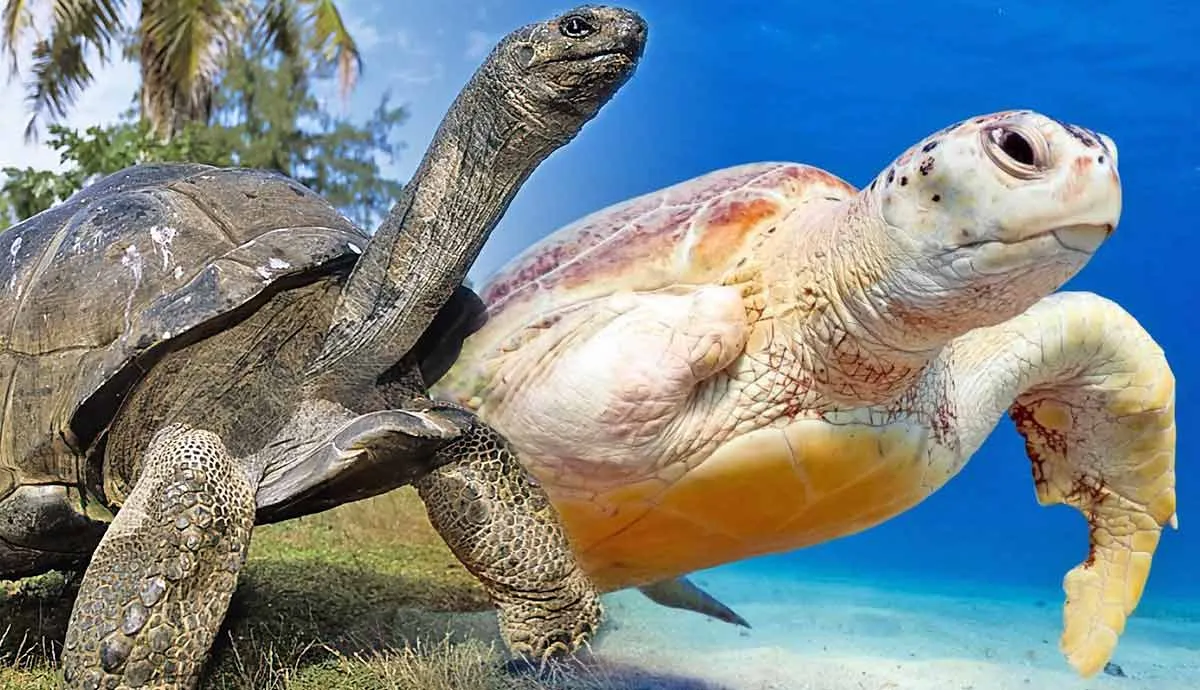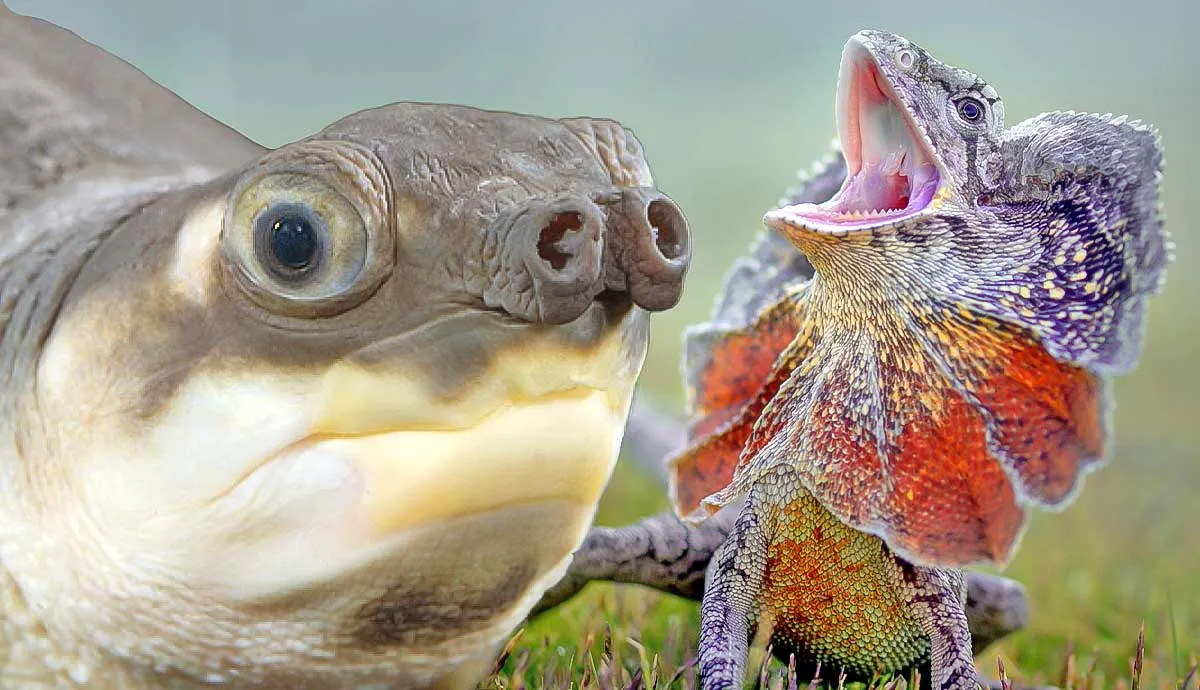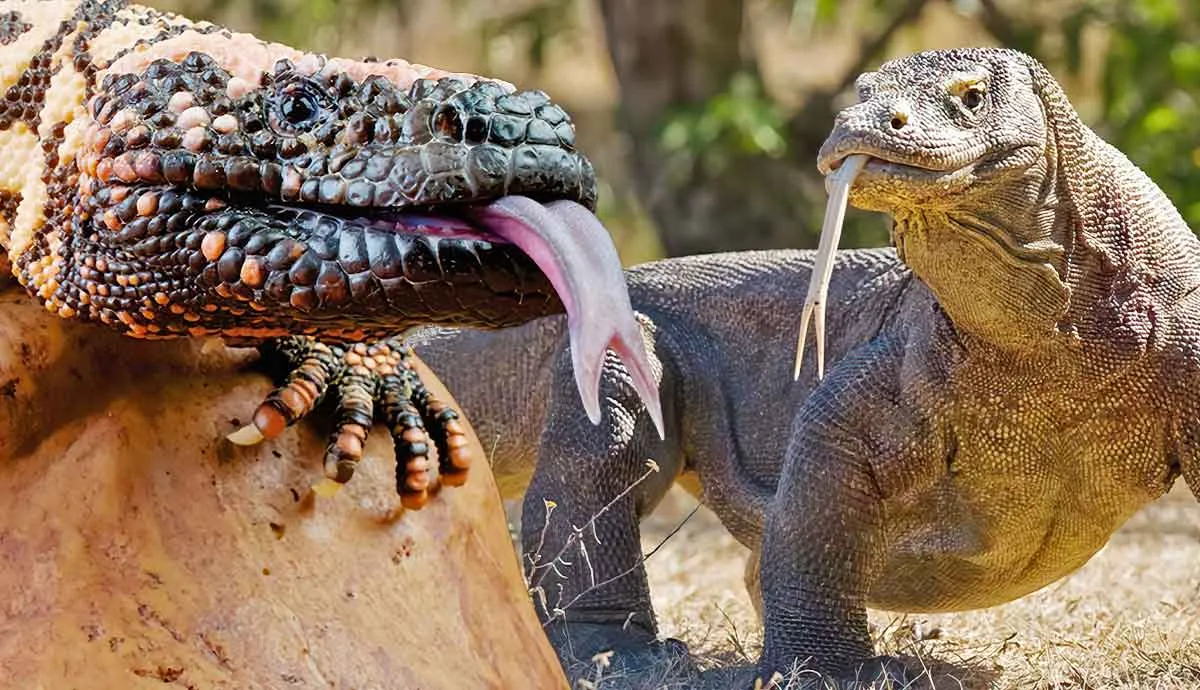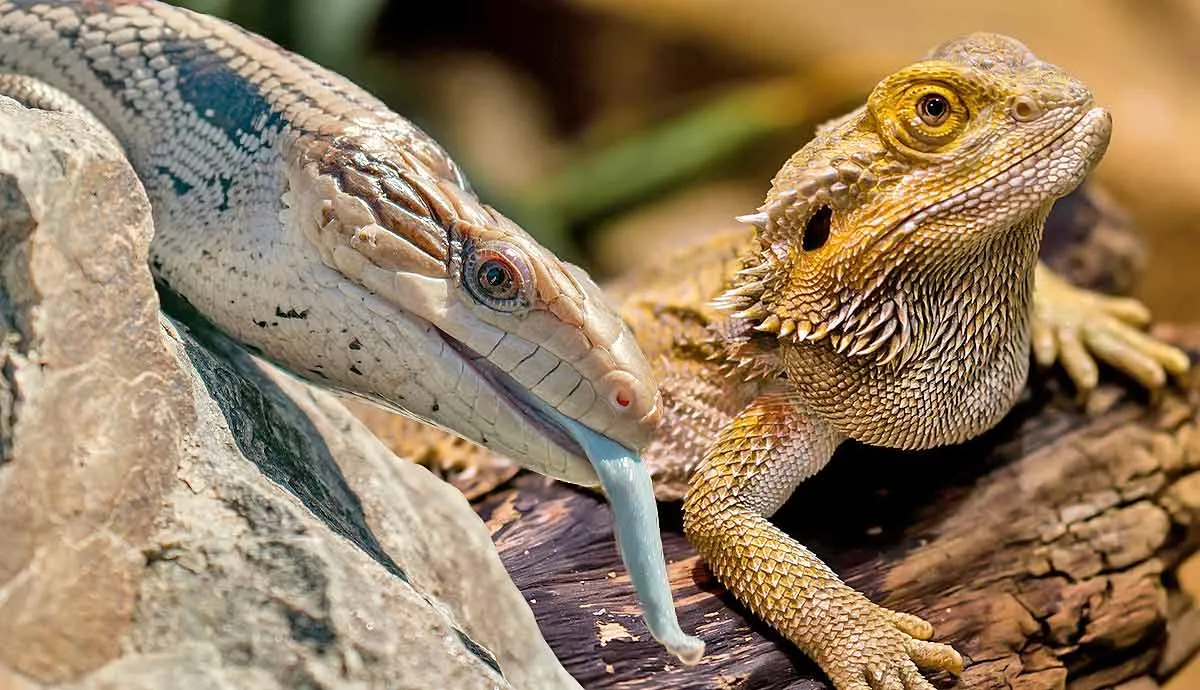The word Amphibian is derived from the Greek amphibious, “amphi” meaning “double”, and “bios”, meaning “life.” This is in reference to amphibians living both in the water and on land. There are over 8,000 different species of amphibians found around the world, with numbers still growing as new species are being discovered. From the tropics to the desert, amphibians are uniquely adapted to survive in their individual environments. Here’s an inside look at the fascinating world of amphibians.
All About Amphibians
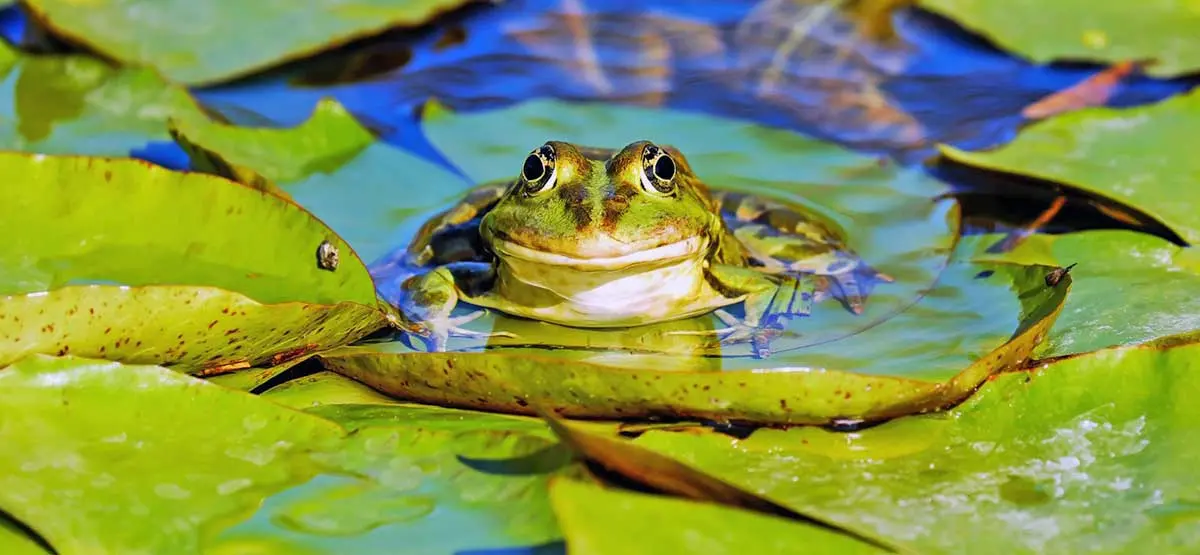
Amphibians are ectothermic vertebrates of the amphibia class. A diverse class that includes frogs, toads, salamanders, newts, and caecilians (snake-like amphibians akin to limbless salamanders). They are also part of the herpetofauna group, which also contains reptiles. While reptiles and amphibians are commonly confused, they are two very different creatures.
While there are many different species and subspecies within the amphibia class, they all share some common distinctions. Starting with their “double lives.” Both aquatic and terrestrial, amphibians will spend part of their lives on land and in the water.
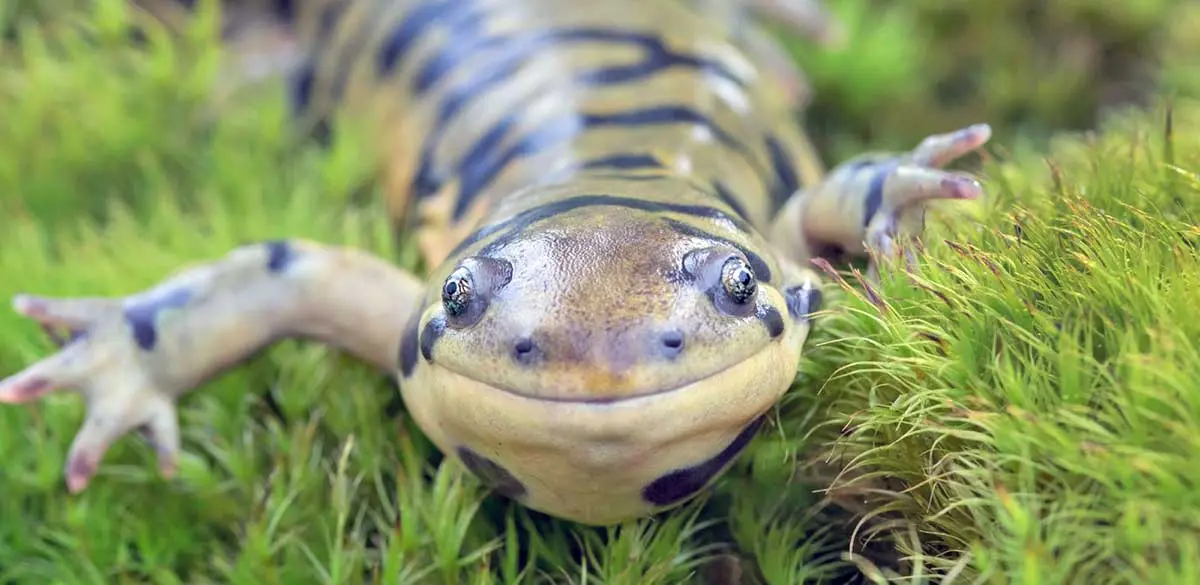
Since they are also ectothermic, or cold-blooded, amphibians need sunlight to regulate their body temperature. If it gets too cold, amphibians will slow down. Some species are even adapted to go into a type of hibernation, known as brumation, during the winter. Their heart rate, respiration, and metabolism will all slow down as the animal enters a state of dormancy.
Another distinction shared by all amphibians is their unique lifecycle. Amphibians undergo a process of metamorphosis that is more commonly seen in insects than in other animals. Just as a caterpillar turns into a butterfly, amphibians undergo a biological process that takes them from one physical form to another.
The Amphibian Lifecycle
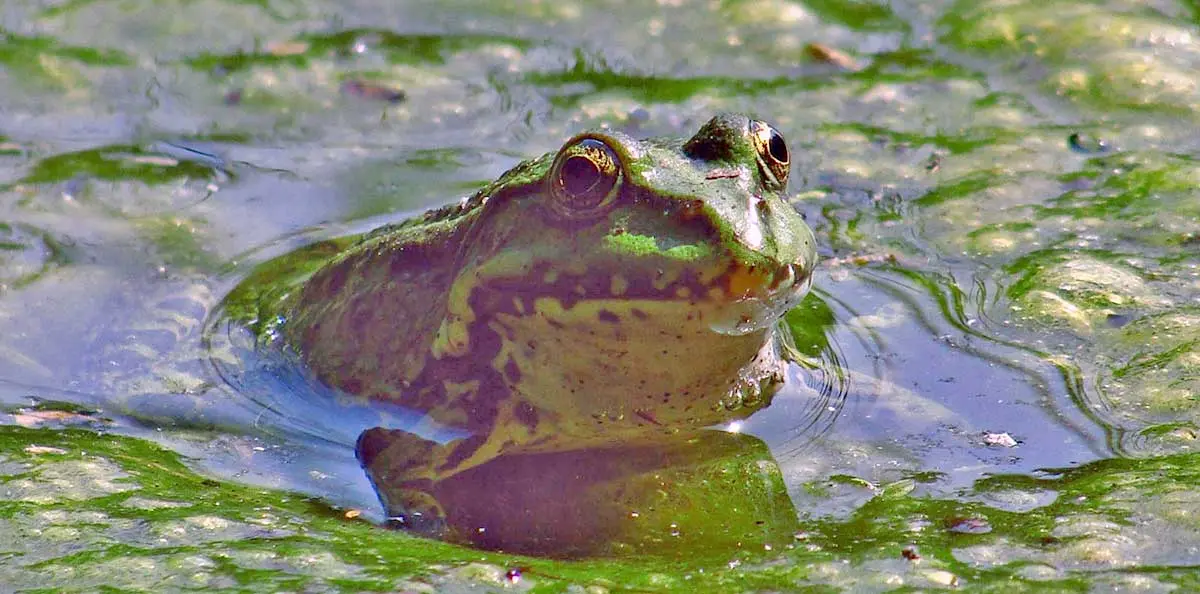
The amphibian lifecycle is a fascinating four-stage process that begins in water and ends on land. Adult amphibians will lay their soft, jelly-like eggs in large clumps along the water's surface, usually on or near floating vegetation. Once hatched, they’ll enter the second stage, known as the larval stage. Amphibian larvae, or tadpoles, are strictly aquatic. They are equipped with gills and a tail and will live solely in the water until entering the third stage, metamorphosis.
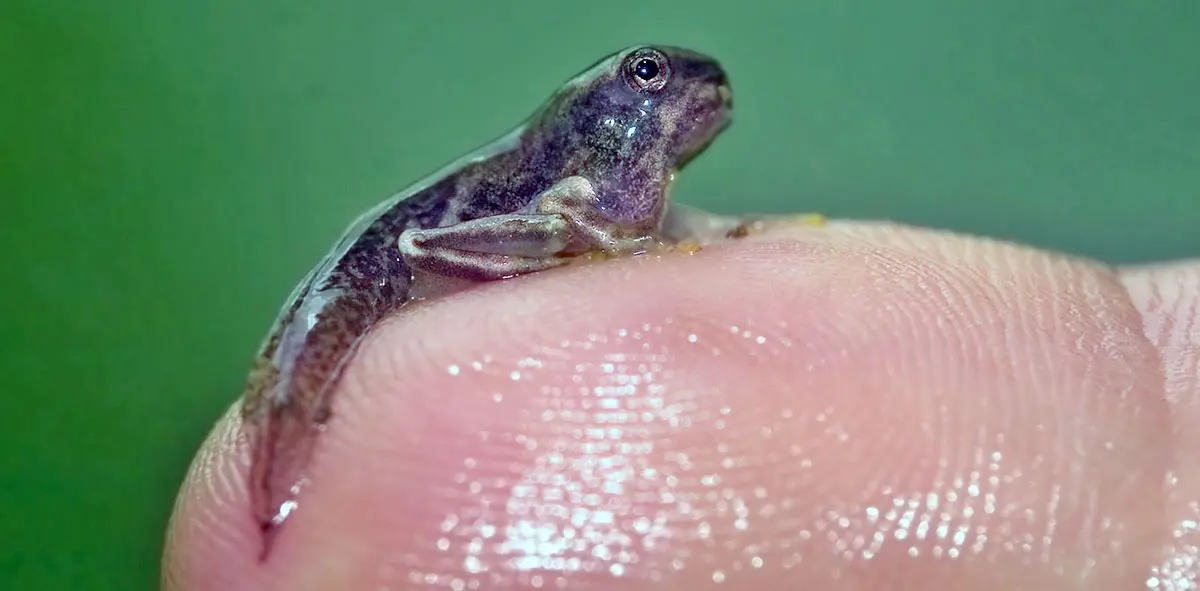
Metamorphosis occurs as the tadpoles begin to sprout legs, lose their tails and gills, grow lungs, and transform into juveniles that can venture out of the water. Throughout this process, their appearance will change drastically until reaching the fourth and final stage of adulthood. Once an amphibian reaches adulthood, they will now resemble other adults of their species and begin the cycle again by finding a mate and breeding.
Unique Adaptations of Amphibians
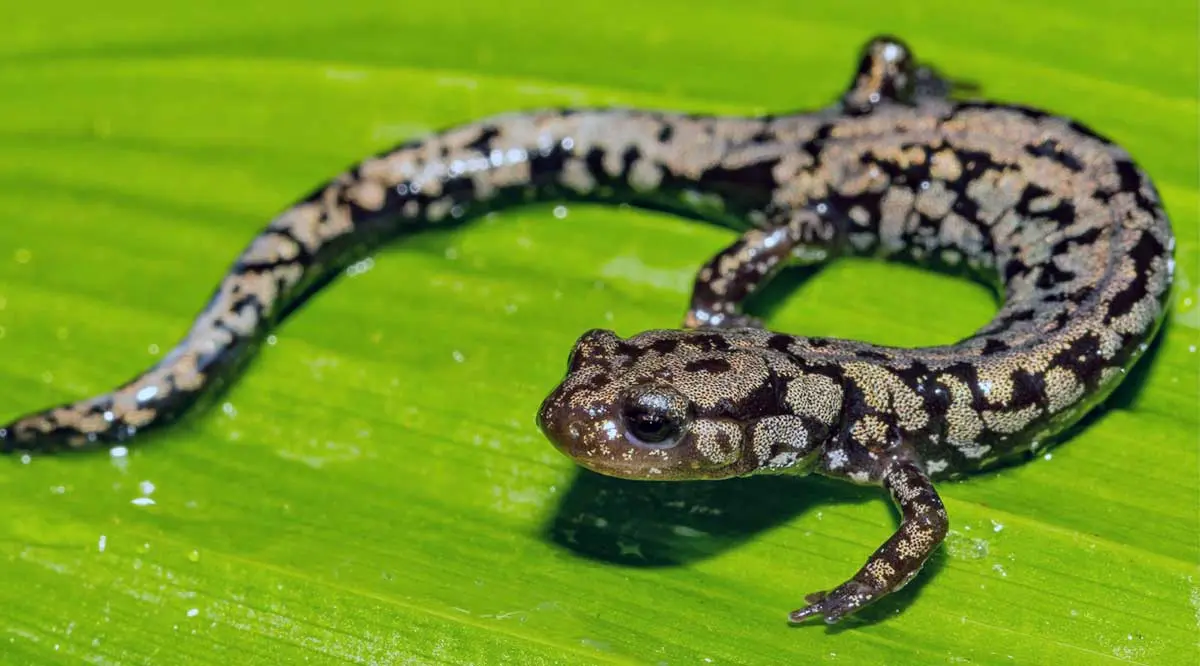
Amphibians have several unique adaptations that allow them to thrive in their native environments, which can vary from tropical rainforests to arid deserts.
Starting with their skin, amphibians have a very unique way to respirate and hydrate. Their delicate skin is quite permeable, which aids them in absorbing oxygen in a process known as cutaneous respiration. While they will spend time on land, amphibians need to stay near the water or in very damp environments to keep their skin hydrated. Their skin is also covered in a protective layer of mucus to help prevent them from drying out when away from water.
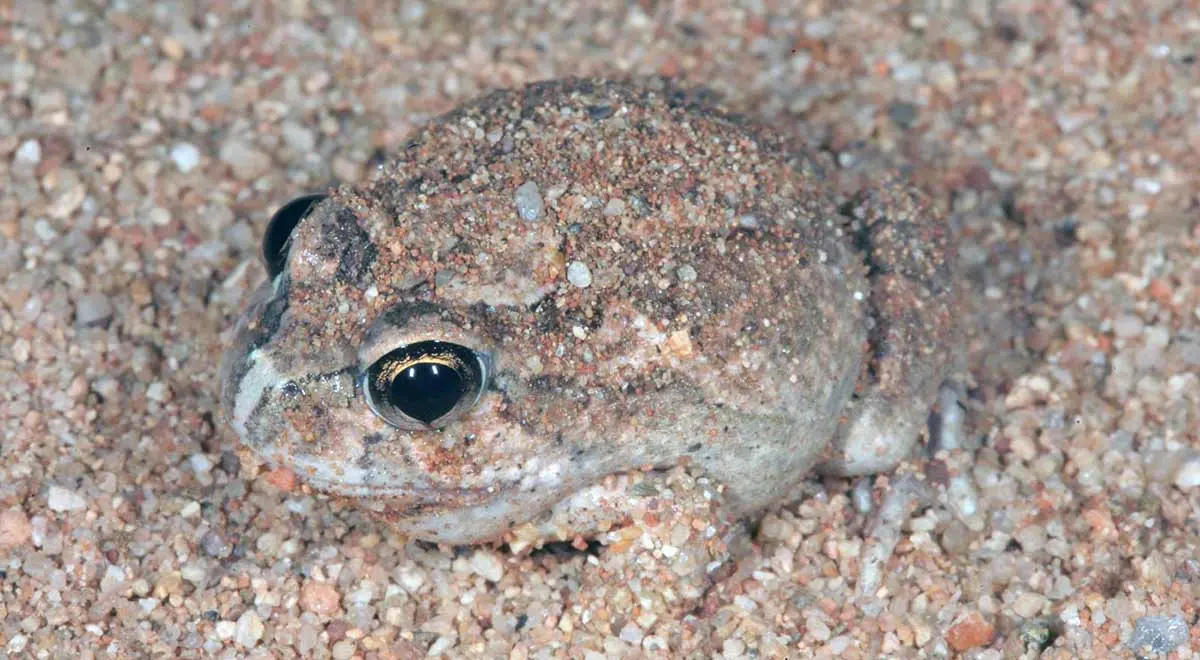
Desert-dwelling amphibians have extraordinary adaptations to stay hydrated in arid regions by burrowing underground to absorb what little moisture they can from the sand. They’ll also use temporary rain pools created by summer storms to breed and lay eggs. Some species, like the desert rain frog, have evolved to tolerate such little water, they do not have a tadpole stage. These rare frogs will emerge as juveniles ready to traverse land right out of the egg!
Most amphibians also have unique adaptations in their feet that aid them in their specific environments. Pond-dwelling frogs typically have webbed feet for swimming, while tree-dwelling rainforest frogs have elongated toes that secrete a sticky substance to help them climb trees and hang onto slippery surfaces.
Some amphibians have also evolved to secrete a poisonous or toxic substance as a defense mechanism. These amphibians are usually brightly colored to serve as a warning to would-be predators.
Distribution and Habitat of Amphibians
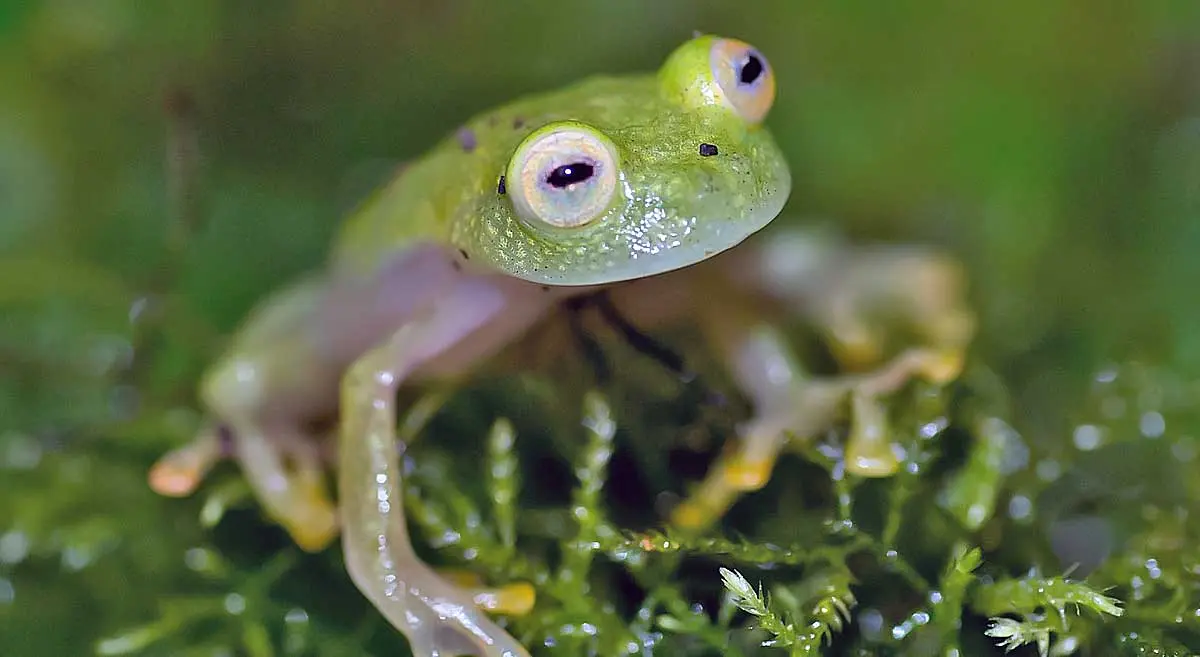
Amphibians are found in diverse habitats across all continents except Antarctica, with the highest species diversity occurring in warmer climates where these cold-blooded creatures thrive.
Tropical and subtropical regions are home to a wide array of frog species, while both salamanders and frogs can be found in arid and semi-arid areas. Salamanders, in particular, are found in the highest concentrations in the Appalachian region, where they thrive among the landscapes of moss-covered rocks and mountain streams.
The Amazon Rainforest, which is notably one of the most biodiverse places on the planet, has high concentrations of amphibian life, including some of the rarest and most colorful frogs.
